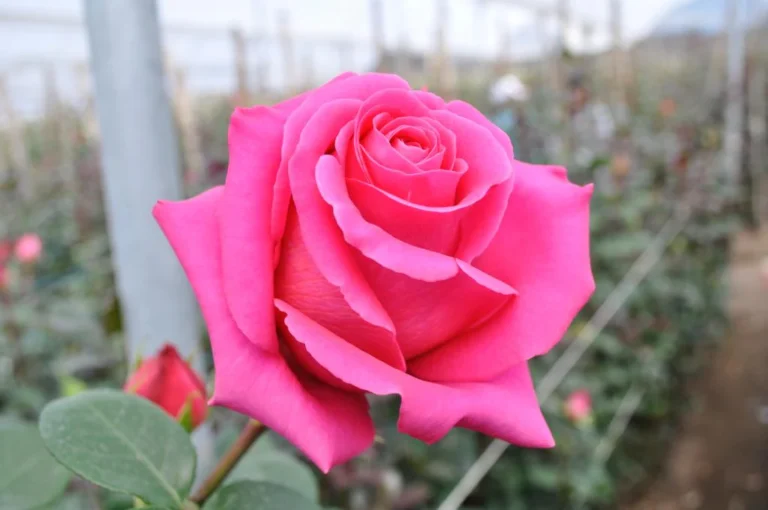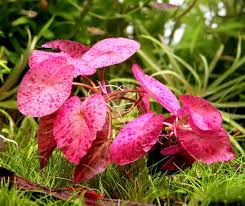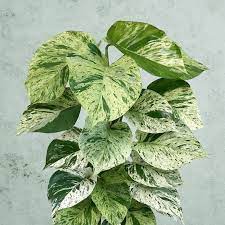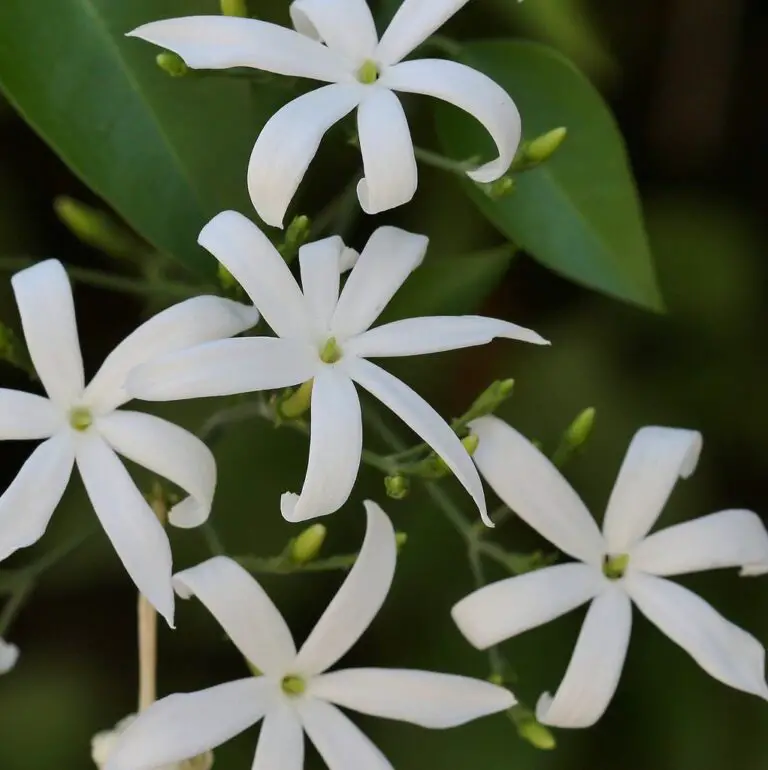Introduction
The crown flower plant (Calotropis gigantea), also known as the giant milkweed or swallow-wort, is a stunning tropical plant that is renowned for its vibrant flowers and numerous health benefits. In this article, we will explore the captivating world of the crown flower plant, including tips for growing and caring for it, as well as its various health benefits. Whether you’re a gardening enthusiast or simply curious about the wonders of nature, this article will provide you with valuable insights and information about the crown flower plant.
Table of Contents
- Introduction
- Overview of the Crown Flower Plant
- Growing the Crown Flower Plant
- 3.1 Soil Requirements
- 3.2 Sunlight and Temperature
- 3.3 Watering and Fertilization
- 3.4 Propagation Methods
- 3.5 Pruning and Maintenance
- Caring for the Crown Flower Plant
- 4.1 Pests and Diseases
- 4.2 Container Gardening
- 4.3 Winter Care
- Health Benefits of the Crown Flower Plant
- 5.1 Medicinal Properties
- 5.2 Traditional Uses
- Conclusion
- FAQs
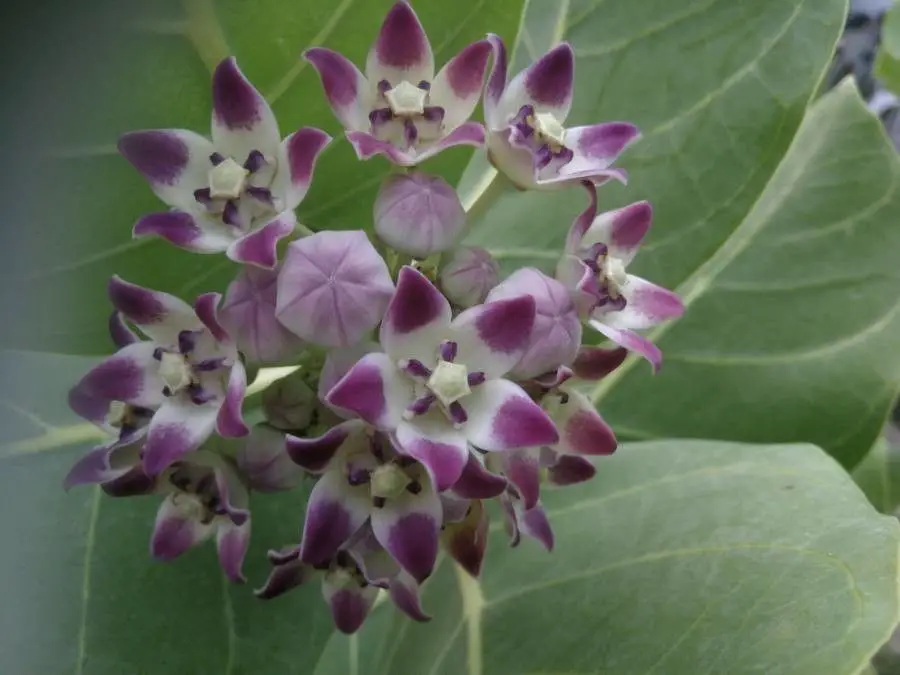
Overview of the Crown Flower Plant
The crown flower plant is a perennial shrub native to the tropical regions of Asia and Africa. It is characterized by its large, leathery leaves and show-stopping flowers that come in shades of purple, pink, and white. These flowers, with their unique star-like shape, attract butterflies, bees, and other pollinators, making them a delightful addition to any garden or landscape.
Growing the Crown Flower Plant
3.1 Soil Requirements
The crown flower plant thrives in well-drained soil that is rich in organic matter. It prefers a slightly acidic to neutral pH level, ranging from 6.0 to 7.5. Amending the soil with compost or well-rotted manure can improve its fertility and drainage capabilities, ensuring optimal growth for the plant.

3.2 Sunlight and Temperature
For the crown flower plant to thrive, it needs to bask in the warm glow of the sun. It flourishes best in areas with a tropical or subtropical climate, where it can endure even the hottest temperatures. However, it’s important to shield this delicate plant from powerful gusts of wind, as it can easily succumb to harm.
3.3 Watering and Fertilization
The crown flower plant has moderate water needs. It is essential to water the plant regularly but avoid overwatering, as excessive moisture can lead to root rot. Applying a balanced fertilizer once a month during the growing season will promote healthy growth and abundant flowering.
3.4 Propagation Methods
The crown flower plant can be propagated through seeds or stem cuttings. Collect seeds from mature pods and sow them in well-prepared soil. For stem cuttings, take 6-8 inch (15-20 cm) cuttings from healthy plants and place them in a rooting hormone before planting them in a well-draining mix.
3.5 Pruning and Maintenance
Regular pruning is beneficial for the crown flower plant to maintain its shape and encourage new growth. Remove any dead or diseased branches and trim back overgrown areas. Mulching around the plant can help conserve moisture and suppress weed growth.
Caring for the Crown Flower Plant
4.1 Pests and Diseases
The crown flower plant is relatively resistant to pests and diseases. However, it may occasionally encounter issues with aphids, mealybugs, or spider mites. Monitor the plant regularly and address any infestations promptly using organic insecticides or by manually removing the pests.
4.2 Container Gardening
If you have limited garden space or live in a colder climate, growing the crown flower plant in containers is a great alternative. Ensure the container has drainage holes, use well-draining soil, and provide adequate sunlight. Container-grown plants may require more frequent watering and occasional fertilization.
4.3 Winter Care
In regions with mild winters, the crown flower plant can survive outdoors. However, in colder climates, it is advisable to bring the plant indoors or provide protective covering during the winter months. Place it in a well-lit area away from drafts, and reduce watering while maintaining moderate humidity levels.
Health Benefits of the Crown Flower Plant
5.1 Medicinal Properties
The crown flower plant possesses several medicinal properties that have been utilized in traditional medicine. Its roots, leaves, and flowers contain bioactive compounds with potential antimicrobial, anti-inflammatory, and analgesic properties. However, it is important to consult a healthcare professional before using any plant-based remedies.
5.2 Traditional Uses
In various cultures, the crown flower plant has been used for centuries to treat ailments such as skin infections, gastrointestinal disorders, and respiratory conditions. Additionally, its latex has been employed for its potential wound-healing properties. While more research is needed, the plant’s traditional uses highlight its significance in traditional medicine systems.
Conclusion
The crown flower plant is a remarkable tropical plant that enchants with its stunning flowers and offers numerous health benefits. With proper care and cultivation, you can enjoy the beauty of this plant in your garden or even indoors. Remember to consider the specific growing requirements, provide adequate care, and appreciate the unique medicinal properties of the crown flower plant.
FAQs
- Can the crown flower plant tolerate full sun? Yes, the crown flower plant thrives in full sun and requires ample sunlight to grow and flower vibrantly.
- Are there any specific soil requirements for growing the crown flower plant? The crown flower plant prefers well-drained soil rich in organic matter, with a slightly acidic to neutral pH level.
- How can I propagate the crown flower plant? You can propagate the crown flower plant through seeds or stem cuttings, following appropriate techniques and care.
- Does the crown flower plant have any medicinal properties? Yes, the crown flower plant possesses bioactive compounds that have shown potential antimicrobial and anti-inflammatory properties.
- Can the crown flower plant be grown in containers? Yes, the crown flower plant can be grown in containers, making it suitable for limited garden spaces or colder climates.
- Is Crown Flower Plant toxic?
Yes, the Crown Flower plant, also known as Calotropis gigantea, is toxic to humans and animals. All parts of the plant contain a white milky sap (latex) that is poisonous. The toxins in the sap can cause serious health problems, including:
- Skin irritation and dermatitis
- Oral irritation, vomiting, and diarrhea
- Eye irritation and blindness
- Difficulty breathing
- Lethargy
- In severe cases, death
- What are the benefits of the crown flower plant? The crown flower plant offers various benefits, including its stunning appearance, attraction of pollinators, and potential medicinal properties.
- What is the common name for the crown flower plant? The crown flower plant is also known as the giant milkweed or swallow-wort.
- How do you grow crown flowers? To grow crown flowers, ensure well-drained soil, provide full sun exposure, water regularly but avoid overwatering, and fertilize monthly during the growing season. Propagation can be done through seeds or stem cuttings.
- What are the side effects of crown flowers? While the crown flower plant has numerous benefits, it is important to note that excessive consumption or use of its extracts may lead to adverse effects. Always consult a healthcare professional before using any plant-based remedies.
- Is a flower good for the skin? The crown flower plant has been traditionally used for its potential wound-healing properties. However, individual results may vary, and it is best to consult a healthcare professional for personalized advice.
- Is flower good for health? The crown flower plant possesses bioactive compounds that have shown potential antimicrobial and anti-inflammatory properties. However, more research is needed to fully understand its health benefits. Consulting a healthcare professional is recommended for personalized guidance.


